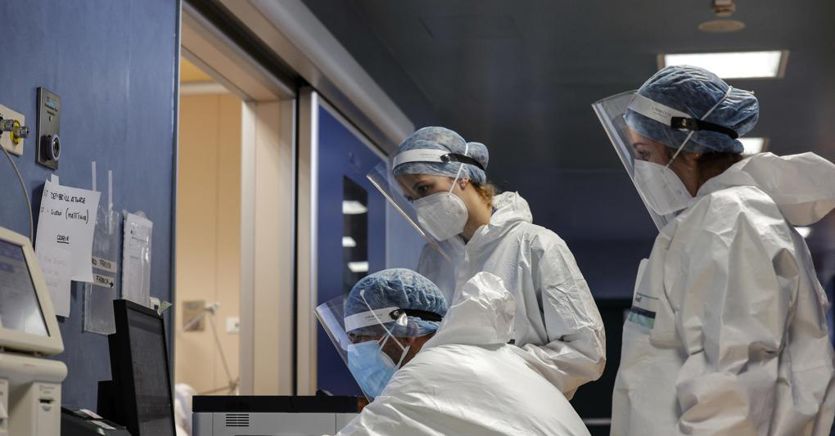Shortage of staff in 91.7% of hospitals, lack of beds in 70.8% of cases, organizational difficulties (75%). All with the problems posed by the need to reconcile the paths of Covid patients with non-Covid ones. Photographing the state of distress of the Italian hospital network in the post-emergency era is the investigation launched by Fadoi, the Federation of hospital internists, who care for 70% of Covid patients, from 21 to 23 May in Congress in Rome.
The trend of infectious diseases
The survey involved all regions. And it doesn’t seem to completely disprove the theory,
launched by some studies, about the weakening of our immune system generated by
lockdown and use of masks, which would be among the causes of pediatric hepatitis of origin
unknown. Compared to 54.2% of hospitals that did not detect any resurgence of no-Covid infectious diseases compared to the pre-pandemic era, 37.5% reported an increase, albeit slight. Consisting of 8.3% of the structures.
In over 60% of cases, however, the abrogation of the obligation to wear masks in many places even indoors and the cancellation of other restrictions is probably at the basis of the increase in patients with infectious diseases recently admitted to hospitals. Consistent increase in 16.7% of the structures, slight in 45.8%.
Long Covid, there is a lack of adequate care responses
As for Long Covid, in 58.3% of hospitals the patients who do not get rid of the after-effects after being negativized are between 5 and 10%, in 29.2% between 10 and 20%, while only 12.5 % is below the 5% quota. On average, therefore, one out of ten patients is affected by it, but in 50% of hospitals the paths dedicated to the assistance of Long Covid patients do not seem to be sufficient with respect to needs, while in 12.5% of the structures no service has been activated. instead present and able to respond effectively to the demand for assistance in 37.5% of hospitals.
The most common symptoms
The most common symptom remains that of chronic fatigue, accused by 91.7% of patients with Long Covid, followed by breathing difficulties (62.5%), the so-called “brain fog”, which makes it difficult to organize thoughts and concentrate in work or study activities and which affects 58.3% of patients. Heart problems are detected in 29.2% of them, while 25% have problems of a neurological nature. The average age in 70.8% of cases is between 30 and 60 years. The under 30s are practically not recorded, while in over 29% of cases they are over 60, with a share of about 5% being over eighty. In approximately 87% of the structures with the Omicron variant the percentage of Long Covid patients remained substantially unchanged, while in 12.5% of the structures there was even an increase in cases.
